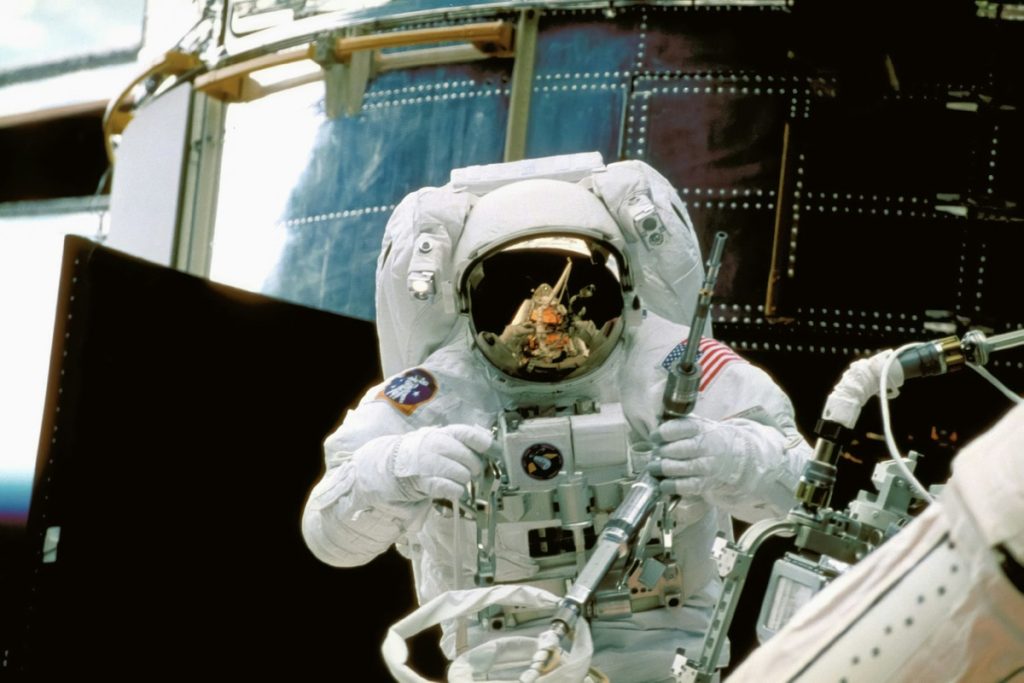In a recent article by MIT News, Texas native and mechanical engineering enthusiast Erik Ballesteros has taken significant strides in bringing science fiction to life with SuperLimbs, a system of robotic arms aimed to assist astronauts. His journey, which began in Spring, Texas, has led him to the prestigious halls of MIT, where the childhood dreamer is now a trailblazing PhD student.
Within grasp of NASA’s Johnson Space Center as a child, Ballesteros grew up fascinated by the mechanics of space exploration – his proximity to JSC, less than an hour from his home, allowed regular family trips that fueled his aspirations. His early ambitions were influenced by the iconic space shuttle program, and his experiences, including meeting astronauts and witnessing their training first-hand. “I’d always see the gates where the astronauts would go back into the training facility, and I would think: One day I’ll be on the other side of that gate,” Ballesteros told MIT News.
Prior to his work on SuperLimbs at MIT, Ballesteros interned at various NASA centers, engaging in projects ranging from spacesuit testing to developing a self-diagnosing spacecraft monitoring system. His impressive versatility also spans to the entertainment sector, where he interned with Disney’s Imagineering department, tasked with the challenge to materialize animation into real-world attractions. This intersection of creativity and engineering fostered his innovative approach to problem-solving in aerospace development.
Ballesteros’ current undertaking, the SuperLimbs project, in collaboration with his MIT advisor, Harry Asada, is a sophisticated wearable robotic system. Its purpose is to not only prevent astronauts from potential injuries but also to enhance their capabilities while in space. The SuperLimbs device is slated for practical testing and astronaut feedback at JSC in the coming years. “Success isn’t built by the actions of one, but rather it’s built on the shoulders of many,” Ballesteros emphasized, highlighting the value of collaboration in engineering breakthroughs. His progress at MIT has been a seemingly seamless continuum from his adolescent engagements; at the robotics club, he’s mentoring the next generation of engineers, embodying the bridge between academic knowledge and real-world application.
In resonance with his past pursuits, Ballesteros remains connected to his love for the cinematic universe. He leads an MIT club known as the Droid Builders, tasked with creating animatronic robots like WALL-E, further cementing his commitment to multidisciplinary applications of robotics. The thread of Ballesteros’ storied journey from his days as a space-enthralled youth to an innovator at MIT is a potent reminder of the boundless reach of engineering. In turning a childhood reverie into tangible scientific progress, Ballesteros is living proof of the adage that, indeed, dreams can be engineered into reality.

